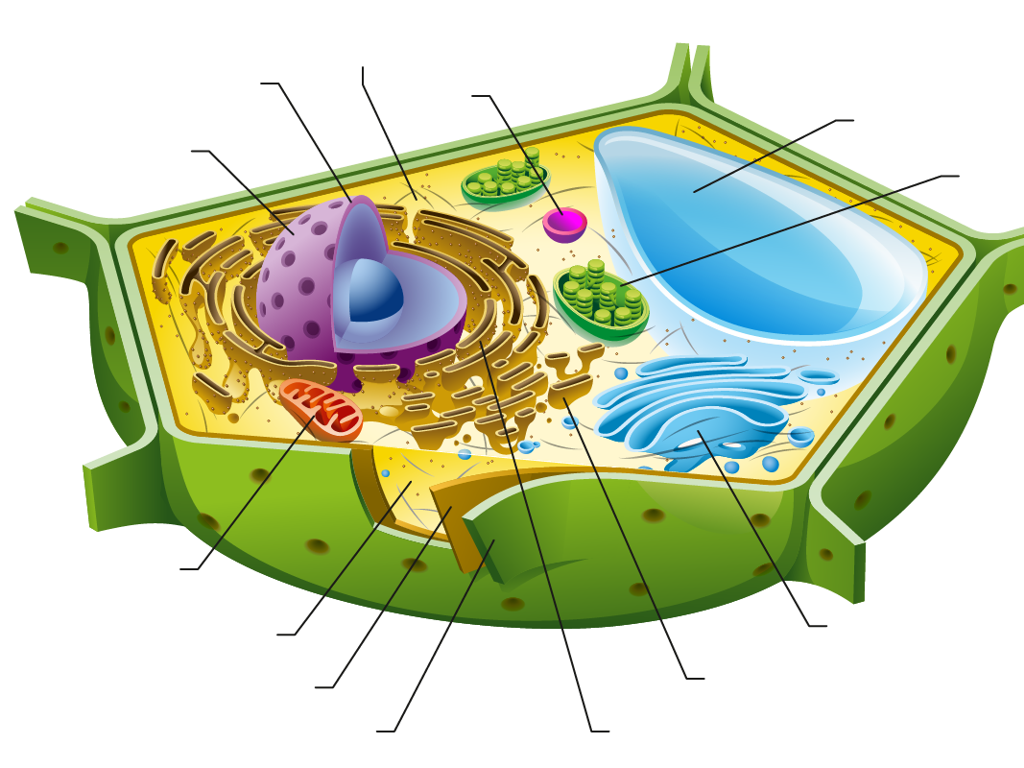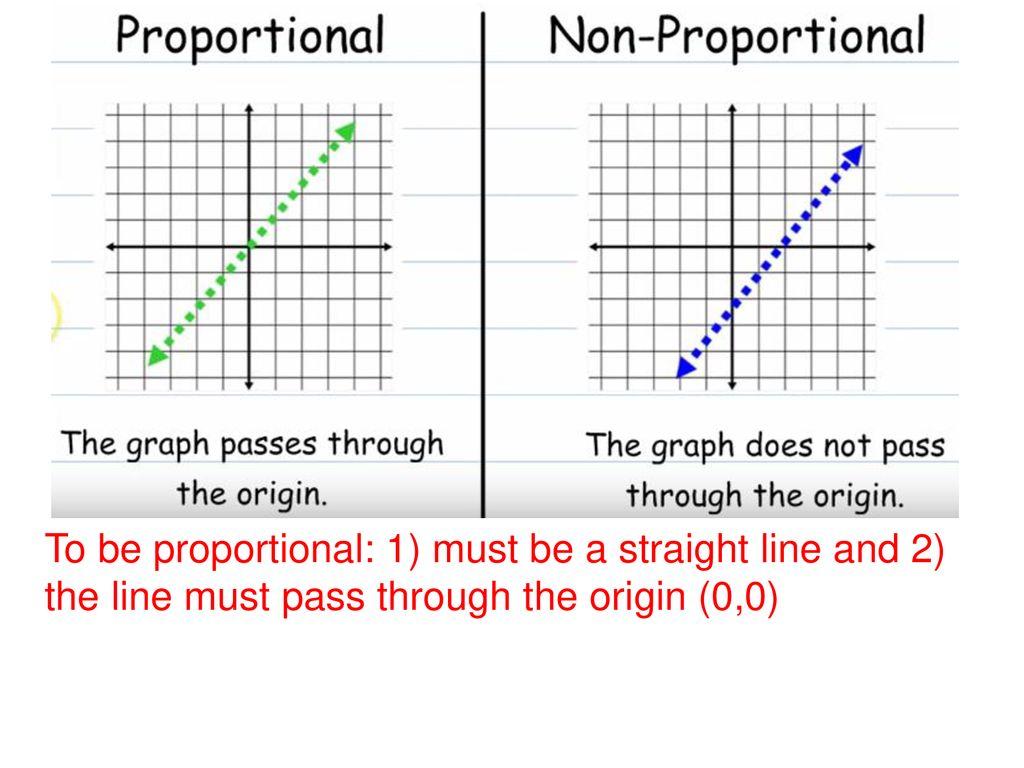Add And Subtract Money Up To $1
Subject: Math
Grade: Second grade
Topic: Add And Subtract Money Up To $1
Please LOG IN to download the presentation. Access is available to registered users only.
View More Content
Introduction to Money: Coins and Bills
– Learn about coins and bills
– Identify coins: penny, nickel, dime, quarter
– A penny is 1 cent, nickel is 5 cents, dime is 10 cents, and a quarter is 25 cents.
– Recognize the one dollar bill
– A one dollar bill is equal to 100 cents.
– Understand value of money
– Knowing the value helps with adding and subtracting money.
|
This slide introduces students to the basics of U.S. currency, focusing on coins and the one dollar bill. Start by showing real or play coins and a one dollar bill to the class. Explain that money is used to buy things and that each coin and bill has a different value. Help them to identify each coin by its size, color, and the number it represents. Emphasize that 100 pennies, 20 nickels, 10 dimes, or 4 quarters all equal one dollar. Use simple examples to show how different combinations of coins can add up to the same amount of money. This foundational knowledge sets the stage for learning how to add and subtract money up to one dollar.
Counting Coins: Adding and Subtracting Money
– Learn the value of coins
– Pennies are 1 cent, nickels are 5, dimes are 10, quarters are 25
– Practice counting coins
– Let’s count coins as a group activity
– Examples with pennies, nickels, dimes, quarters
– How many pennies make a nickel? How many nickels make a quarter?
– Add and subtract using coins
– Use examples to make exact amounts like 50 cents or subtract 15 cents from 1 dollar
|
This slide introduces students to the basics of counting coins, an essential skill for understanding money. Start by explaining the value of each coin: pennies, nickels, dimes, and quarters. Engage the class in a group activity to practice counting coins, which will help solidify their understanding. Use relatable examples to demonstrate how different combinations of coins can add up to the same amount. For instance, show that 5 pennies equal a nickel or 2 nickels equal a dime. Finally, introduce simple addition and subtraction problems involving coins to prepare them for making change and managing money. The goal is to make students comfortable with recognizing and using coins in various contexts.
Adding Money: Making a Dollar
– Learn to add coins to make $1
– Combine quarters, dimes, nickels, and pennies
– Use examples like buying a toy
– If a toy costs 75 cents, what coins do you use?
– Play a game to add coins together
– Understand value of different coins
– Quarters are 25 cents, dimes are 10, nickels are 5, pennies are 1
|
This slide introduces the concept of adding different coins to reach a total of one dollar. Start by explaining the value of each type of coin and how they can be combined in various ways to make a dollar. Use a relatable example, such as buying a toy, to show how adding coins is useful in real life. Engage the class with an interactive game where students can practice adding coins together, reinforcing their understanding of coin values and addition. The game could involve real or play coins, and students could work individually or in small groups to reach the total. Provide guidance on different combinations that make a dollar, and encourage students to explore various ways to add up to the same amount.
Subtracting Money: Making Change
– Learn to subtract coins from a dollar
– Example: Spending coins and remaining balance
– If you spend 25 cents from a dollar, how much is left?
– Classroom store role-play activity
– Pretend to buy items and calculate change
– Understanding subtraction with money
|
This slide introduces the concept of subtracting money, specifically coins from a dollar. Start by explaining that when we spend money, we subtract the amount spent from what we have. Use an example like spending 25 cents from a dollar and ask the students how much would be left to reinforce the concept. For the class activity, set up a ‘classroom store’ with items labeled with prices. Have students ‘buy’ items with play money and calculate how much money they have left after making purchases. This activity will help them understand subtraction in a practical, hands-on way. Provide guidance on making change and ensure that each student has a chance to participate in the role-play. The goal is for students to become comfortable with subtracting amounts up to a dollar and making change.
Making Change with Money
– Learn to make change
– Calculate change from $1
– If an item costs 75 cents, subtract from $1 to find change
– Practice with classroom supplies
– Pretend to buy pencils and erasers, how much change do you get?
– Use subtraction for change
– Remember, $1 is the same as 100 cents
|
This slide introduces the concept of making change, a practical application of subtraction in financial literacy for second graders. Start by explaining that making change is what happens when you give more money than the cost of an item and you receive money back. Use visual aids like play money to demonstrate how to subtract the cost of an item from $1.00. For example, if something costs 75 cents, and you pay with $1, you get 25 cents back. Set up a mock store with classroom items labeled with prices under $1. Allow students to ‘purchase’ items and calculate the change they should receive. This hands-on activity will help solidify their understanding of the concept. Provide guidance on how to convert dollars into cents for easier subtraction and ensure that students are comfortable with the subtraction process before starting the activity.
Math Fun: The Price is Right!
– Play ‘The Price is Right’ game
– ‘Purchase’ classroom items with money
– Use play money to simulate purchases
– Work in pairs for total costs
– Add up the price of items together
– Calculate the change you get back
– Subtract the total cost from $1 to find change
|
This activity is designed to make learning about adding and subtracting money up to $1 fun and interactive. Set up a mock store with various classroom items labeled with prices. Provide students with play money and have them ‘purchase’ items. They will work in pairs to add the prices of the items they want to buy and then subtract the total from $1 to determine the change they should receive. This exercise will help reinforce their understanding of basic arithmetic with money and provide practical experience in handling transactions. Possible variations for different pairs could include setting different budgets, having a mix of items with prices that require more complex addition and subtraction, or introducing discounts to calculate.
Review: Adding and Subtracting Money
– Recap today’s money math
– Ask me your questions!
– Why money math matters
– Understanding money helps with buying things and making change.
– Practice makes perfect
– Keep practicing with coins and bills up to $1.
|
As we wrap up today’s lesson on adding and subtracting money up to $1, let’s go over the key points to ensure everyone understands. Encourage the students to ask any questions they might have it’s important that they feel comfortable with the material. Discuss the practical reasons why knowing how to handle money is essential, such as making purchases and giving the correct change. Emphasize real-life applications to make the lesson relevant. Finally, remind them that mastering these skills takes practice, and they should continue to work with examples at home and in class.
Money Math Homework: Adding & Subtracting
– Complete the worksheet on money math
– Practice adding and subtracting coins
– Use real or play coins to help visualize
– Note any questions for our next class
– Write down anything that’s confusing
– Remember, practice leads to improvement!
|
This homework assignment is designed to reinforce the day’s lesson on adding and subtracting money up to $1. The worksheet will provide a variety of problems for the students to solve, helping them to become more comfortable with counting coins and understanding the value of money. Encourage students to use real or play coins at home to help them visualize the problems. Remind them to write down any questions they encounter so that these can be addressed in the next class. The goal is to build their confidence through practice and to prepare them for more complex money-related math problems in the future.






